In order to achieve a “Landscape Authorization” it is mandatory to draw up a Landscape Report as defined in article 146 of D.Lgs. 42/2004 also known as Code of Cultural and Landscape Property. When an intervention is due in areas with landscape importance (cultural heritage, landscape and environmental goods) it is compulsory to submit to competent Authorities (usually Municipalities delegated by Regions) a Landscape Report, together with projects of the works to be performed. This procedure is aimed at verifying the project compatibility with regard to the landscape thus obtaining the Authorization.
It is not possible to obtain the Authorization as a result of a regularisation when the execution, also partial, of the intervention has already begun. The permission is granted for a period of five years, after which a new authorization is requested.
After a favorable opinion expressed by the Commission for the Architectural and Landscape Heritage, the competent Authority adopts the decision in accordance with the Commission and releases the Landscape Authorization whose validity is immediate.
The documentation required to verify the landscape compatibility of proposed actions is identified by DPCM of December 12, 2005 (ordinary authorization) and by DPR 139/2010 (simplified authorization). The simplified procedure applies to small scale projects involving site alteration or physical change of the constrained property (e.g. building of houses, roads, bridges, etc).
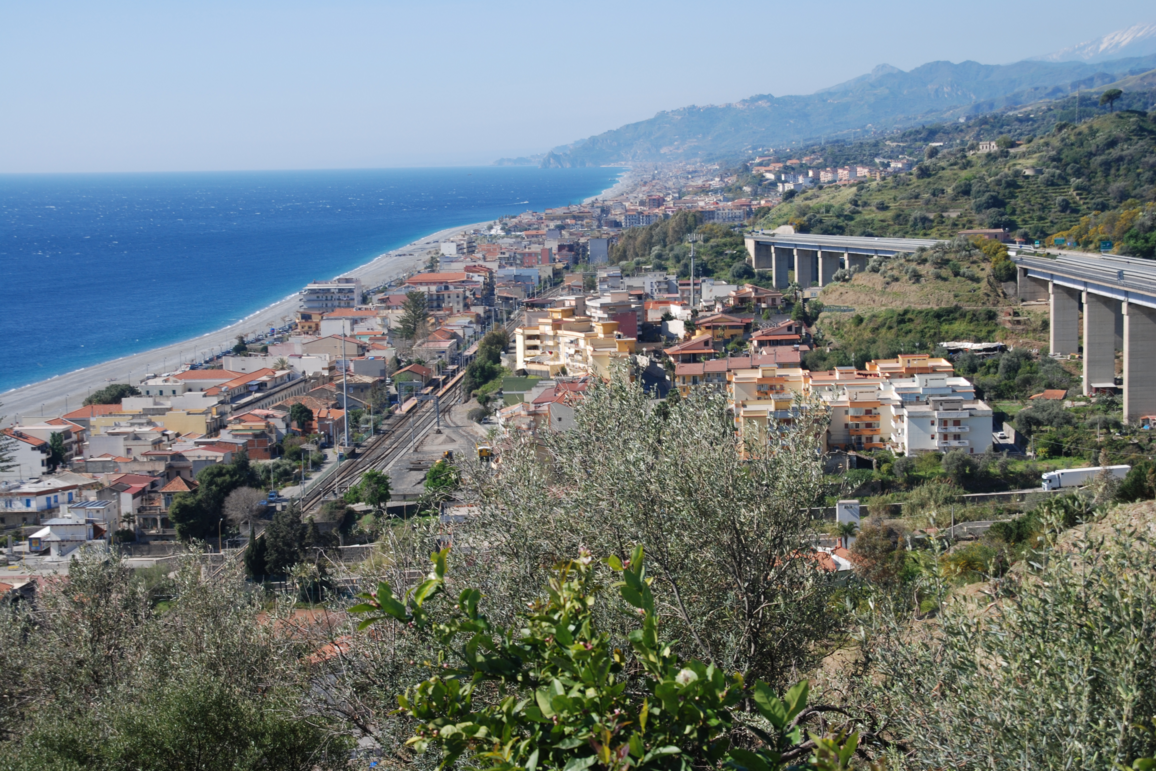
The services offered by VDP for the development of the Landscaping Report range from the identification of the general criteria for the proper setup and preparation of the Report, up to the assistance to the Proponent during the formal procedures.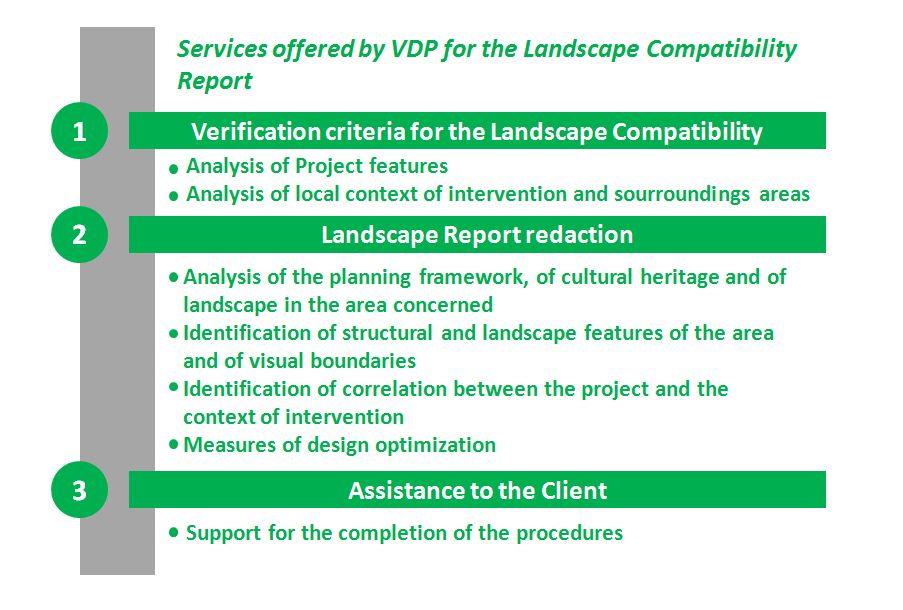
During the activities for the preparation of the Landscaping Report, the following issues are addressed:
• Identification and analysis of territorial and sector planning instruments and relevant regulations and levels of safeguard in force
• Census of cultural heritage in the territory affected by the intervention
• Identification of the landscape features of the intervention and the surrounding context
• Forecasts of the potential effects of the implementation of project on the perception of the landscape of interested area during both construction phase and after construction period
• Analysis of the surrounding context and identification of the inter-visibility basin of the work.
• Analysis of the perception of the work in the landscape
• Detailed simulation of the status of locations in the post-construction phase (with photo-simulation of project interventions) and comparison with pre-construction status.
Particular attention is paid to the focus of aspects related to mitigation and compensation. The possible mitigation design choices are shared with the Client.
Different mitigation design choices are presented through photo simulations, which allow a comparison between the state of the places before, during and post-construction. With photo simulations is possible to verify quality of choices made and appreciate the effectiveness in achieving the objectives of landscaping inclusion and mitigation.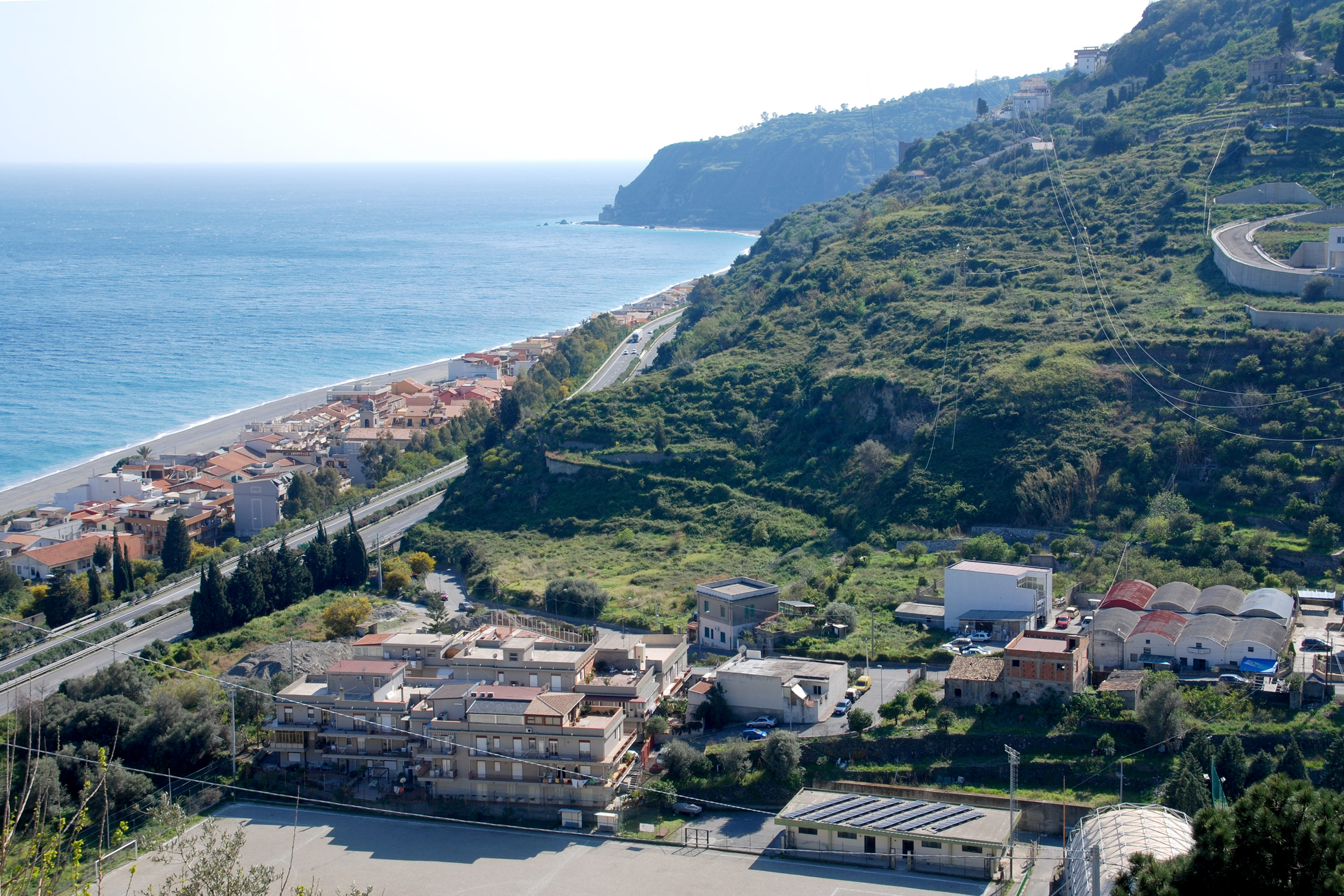
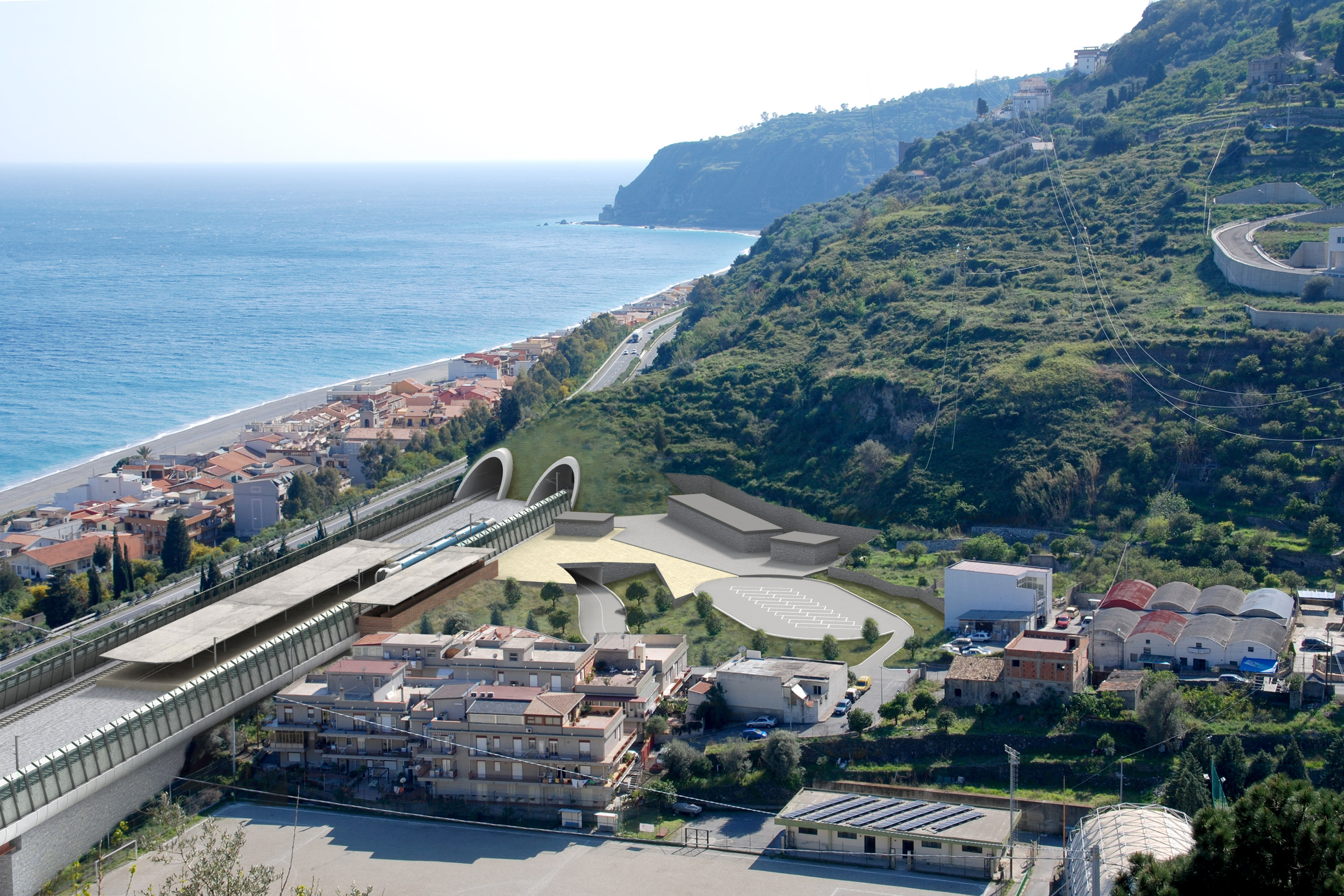
In order to obtain an ordinary Landscape Conformity authorization is necessary to be compliant with the instructions of Italian Law of 12/12/2005.
In particular, a Report has to be drafted, containing all necessary elements to verify the landscape compatibility of project, with reference to the contents and the instructions of the Landscape Plan or the Urban plan, with specific consideration of landscape values.
It should independent and be integrated by technical drawings to help justifying and highlighting the quality of the intervention, also including the formal architectural language adopted in the context of the intervention.
The report has also to contain useful information to help to limit or offset the impacts generated by the project. Such information may be of interest concerning purely architectural aspects, such as design elements or furnishings as well as green works.
The goal is to improve the overall landscape quality of the places or to avoid a decrease of the same. The mitigation works can be immediate or realized at a later time, they can also have different capacity of mitigation of negative effects of the intervention: cancellation, reduction, re-qualification.
Mitigations works that are designed to facilitate the integration of new works in the landscape system through the use of green works, can represent real projects of landscaping. These projects play an important role in put in to relation the areas interested by the design of infrastructure with the surrounding spaces, strengthening connections and environmental features.
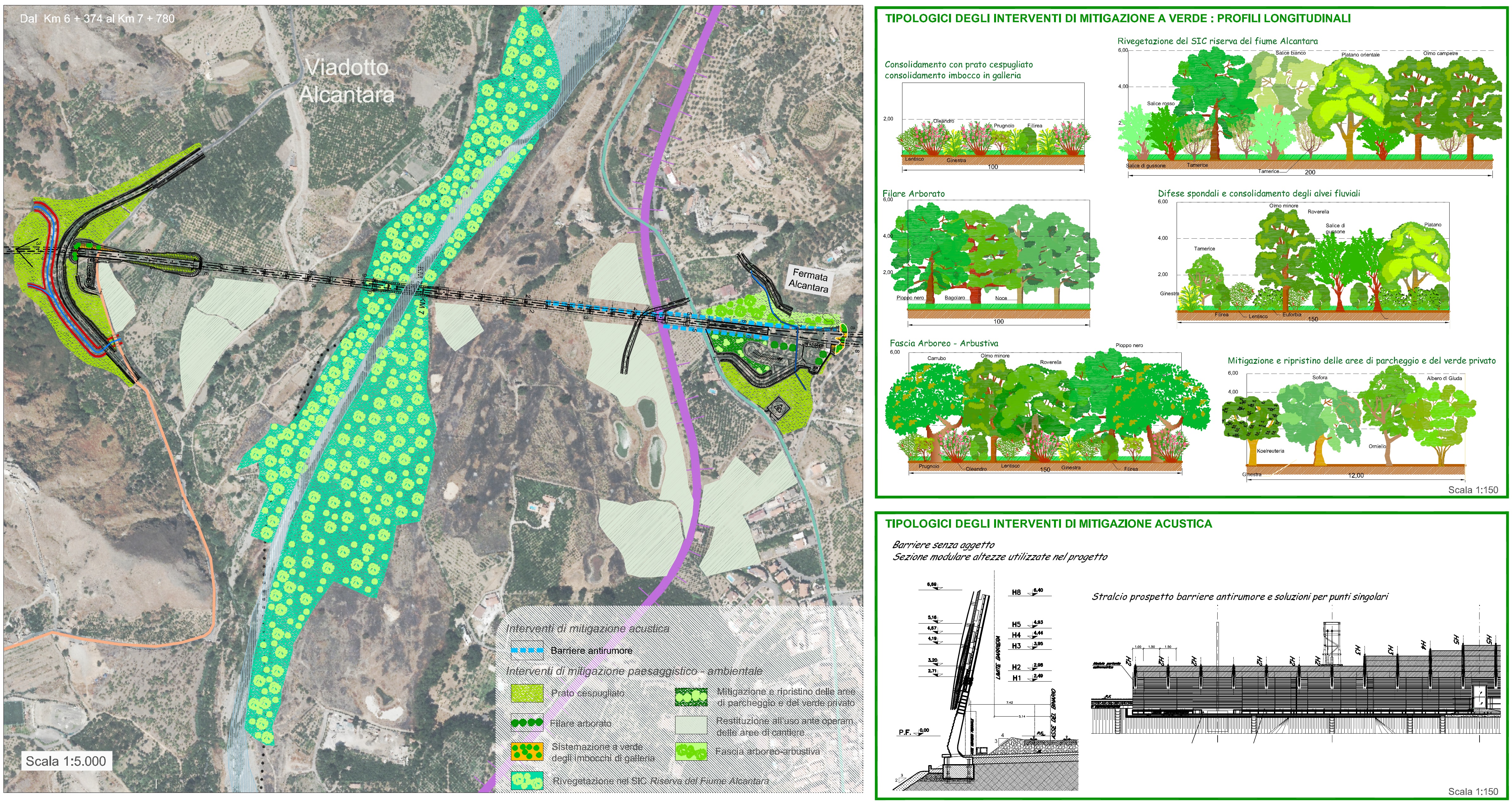
-
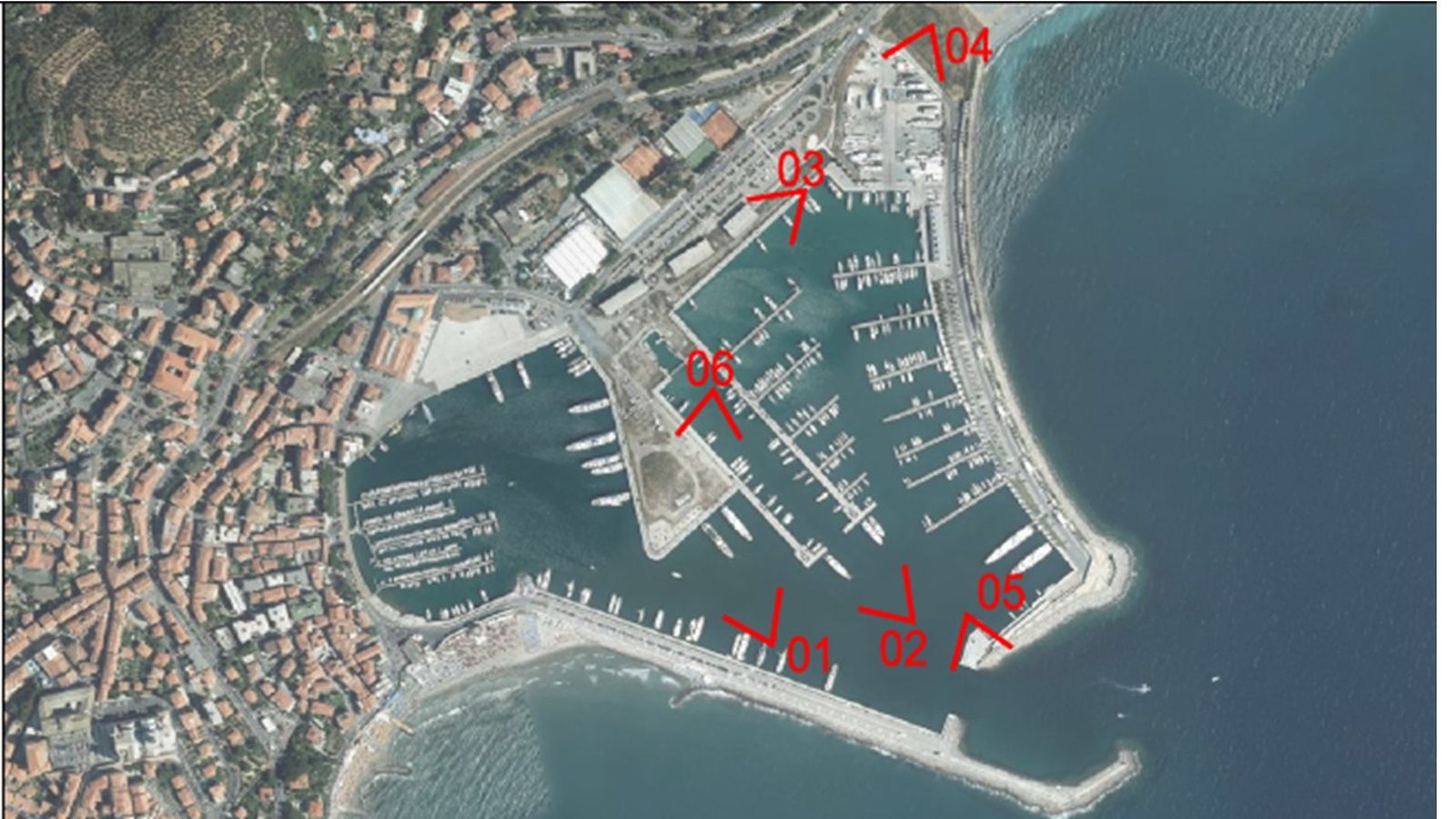 Porto Turistico di ImperiaSettore: Ports and hydraulic projects
Porto Turistico di ImperiaSettore: Ports and hydraulic projects -
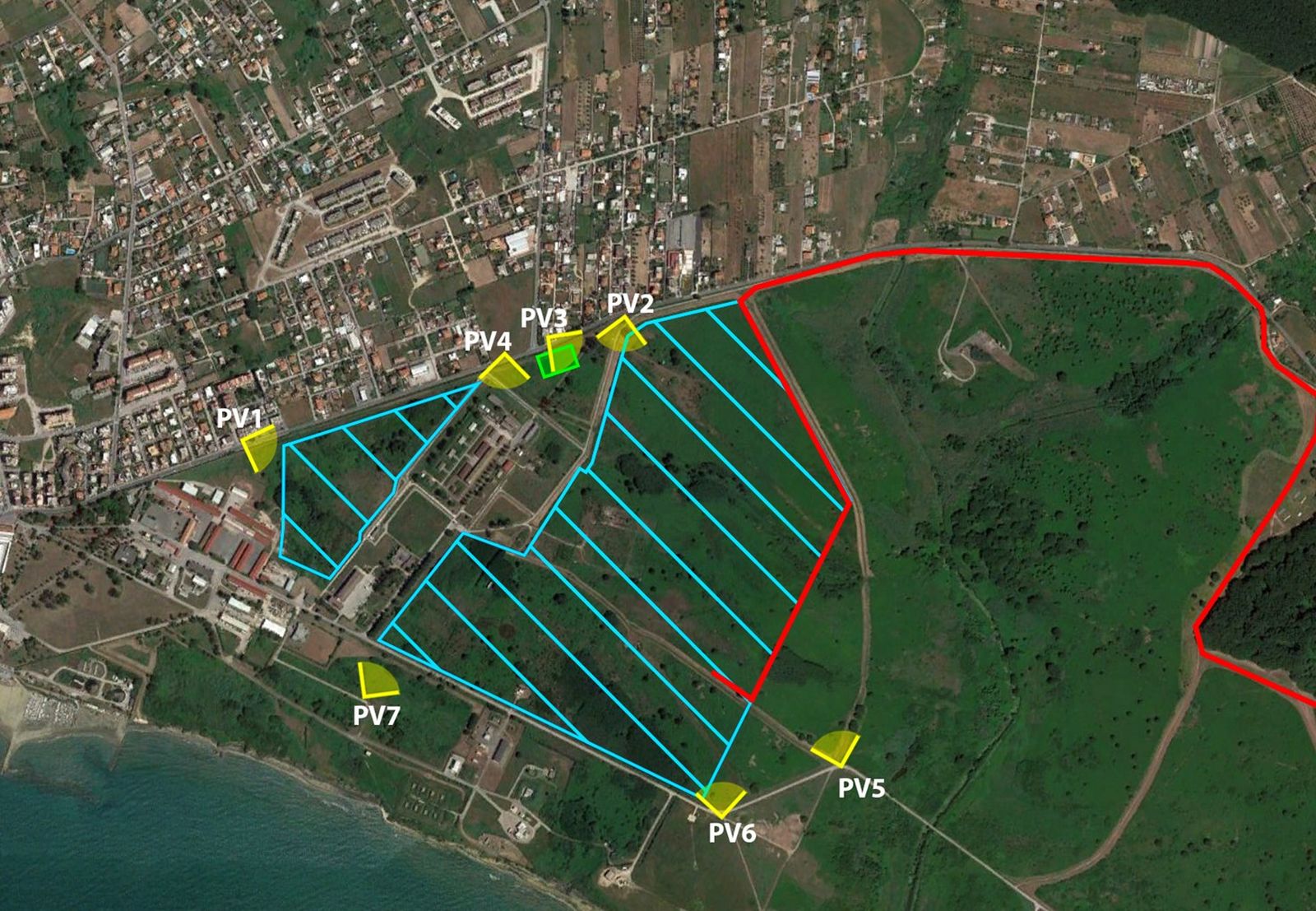 Progetto Definitivo Fotovoltaico a “Nettuno”, RomaSettore: Energy Infrastructures
Progetto Definitivo Fotovoltaico a “Nettuno”, RomaSettore: Energy Infrastructures -
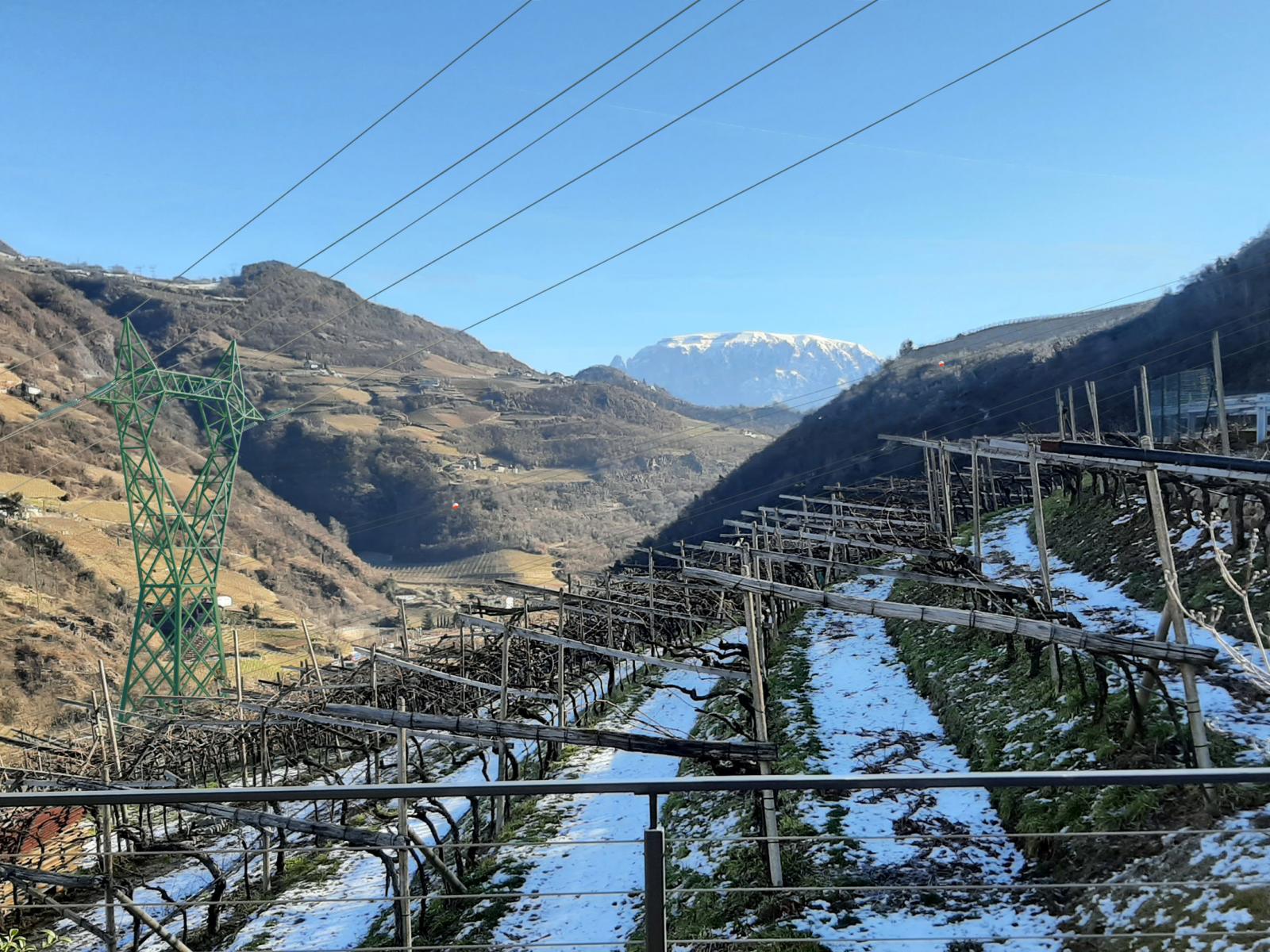 Rearrangement of the NTG in the Eisack Valley – TERNASettore: Energy Infrastructures
Rearrangement of the NTG in the Eisack Valley – TERNASettore: Energy Infrastructures -
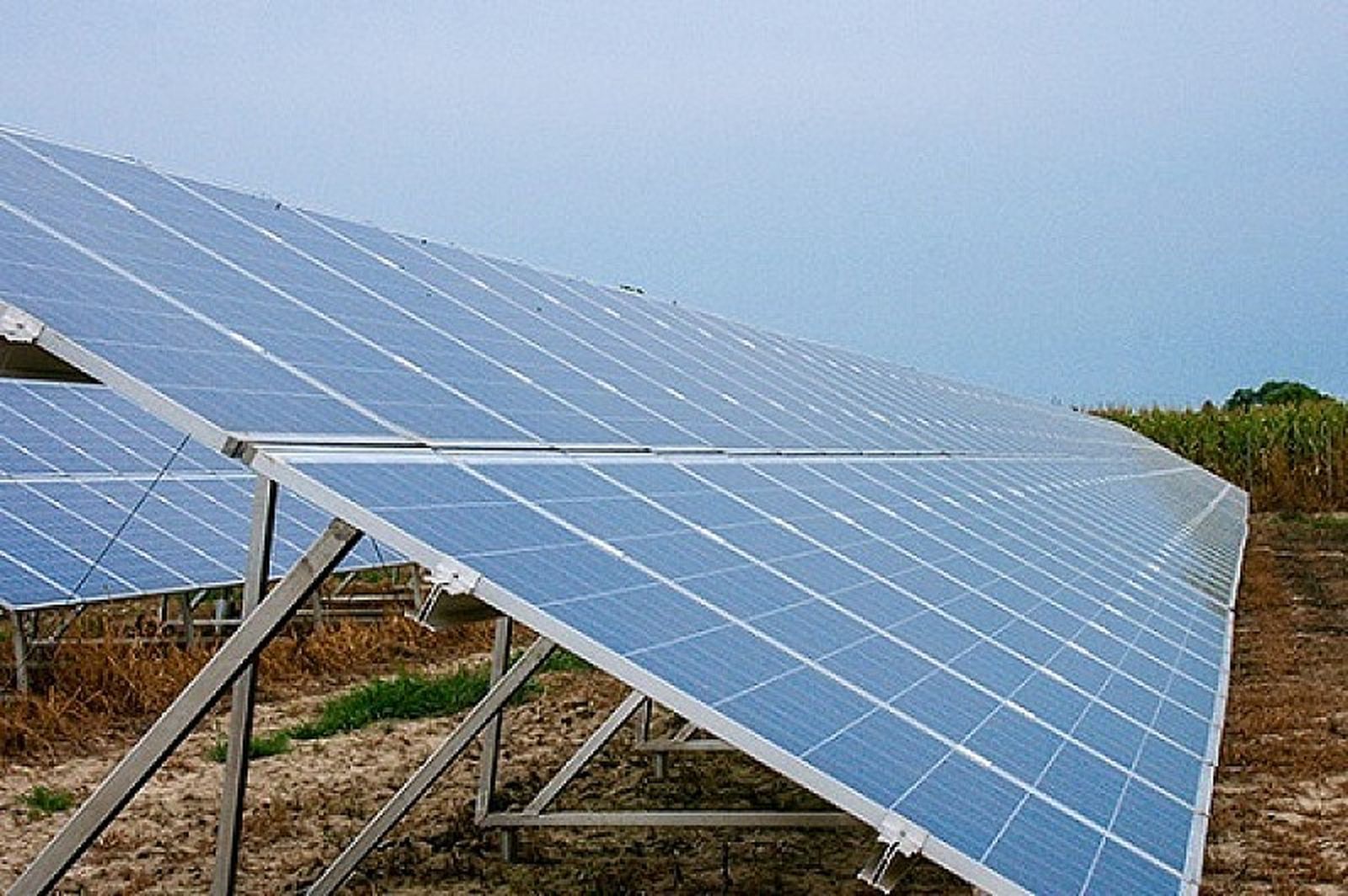 Progetto Definitivo Fotovoltaico a “Santa Severa”, RomaSettore: Energy Infrastructures
Progetto Definitivo Fotovoltaico a “Santa Severa”, RomaSettore: Energy Infrastructures -
 Whole Renovation of the RAI building – RomeSettore: Public Administrations
Whole Renovation of the RAI building – RomeSettore: Public Administrations -
 F.A. Engineering Services – ADSP MAR TIRRENO SETT.Settore: Ports and hydraulic projects
F.A. Engineering Services – ADSP MAR TIRRENO SETT.Settore: Ports and hydraulic projects -
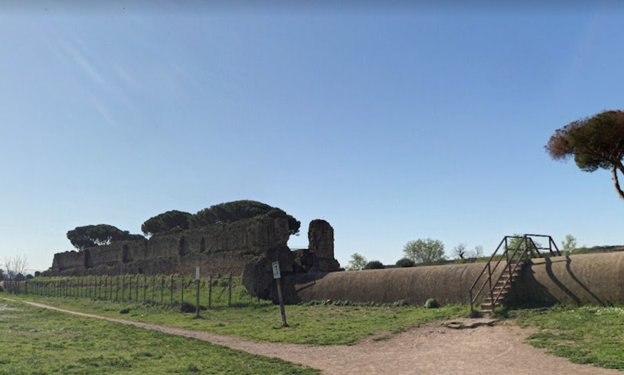 PFTE of tramway LOT 4 and LOT 5 – Rome
PFTE of tramway LOT 4 and LOT 5 – Rome -
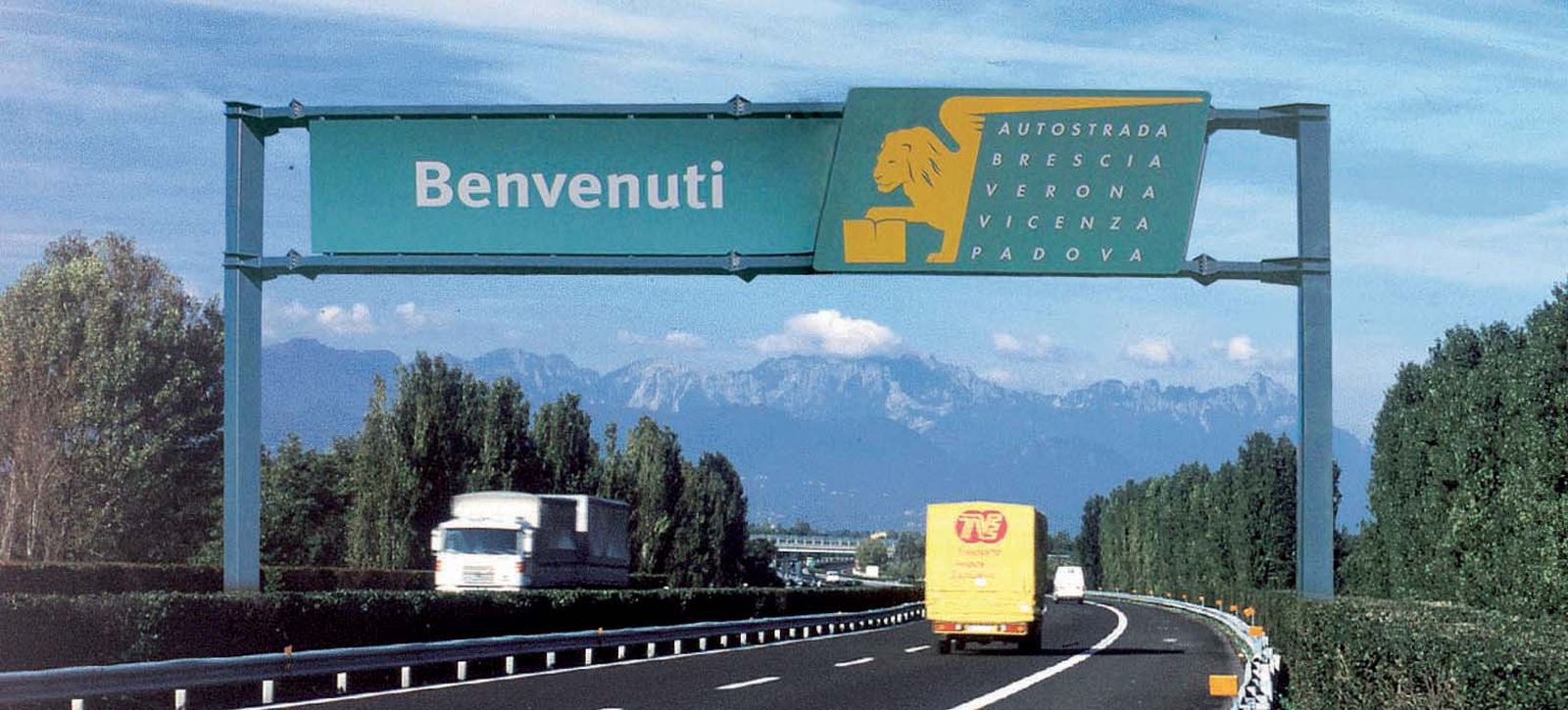 Framework Contract for the Brescia-Padua MotorwaySettore: Roads & Highways
Framework Contract for the Brescia-Padua MotorwaySettore: Roads & Highways -
 Nodo ferroviario di Verona tratta AV/AC VR-PDSettore: Railways & Station
Nodo ferroviario di Verona tratta AV/AC VR-PDSettore: Railways & Station -
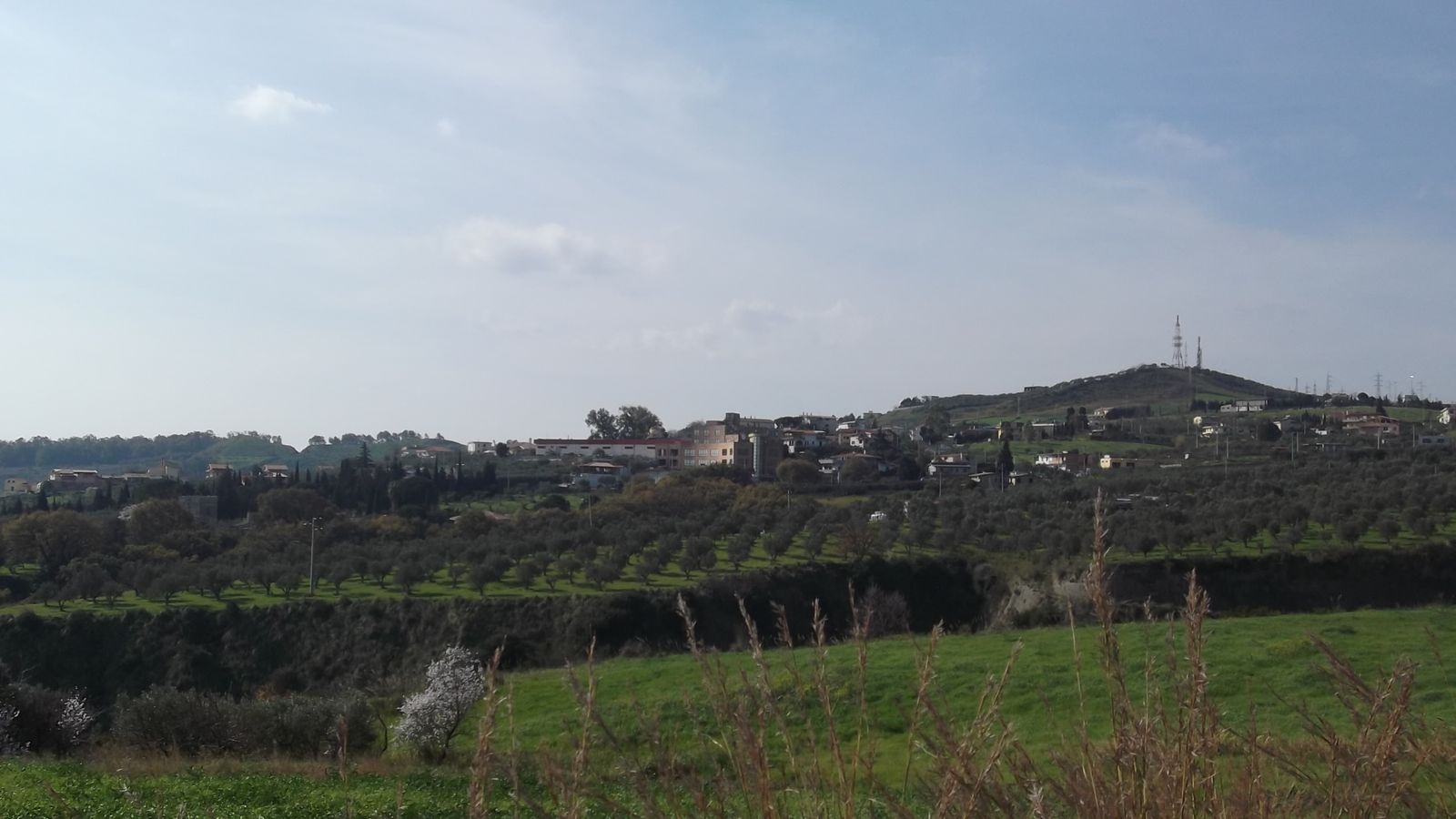 150 kV Powerline Calusia – CatanzaroSettore: Energy Infrastructures
150 kV Powerline Calusia – CatanzaroSettore: Energy Infrastructures -
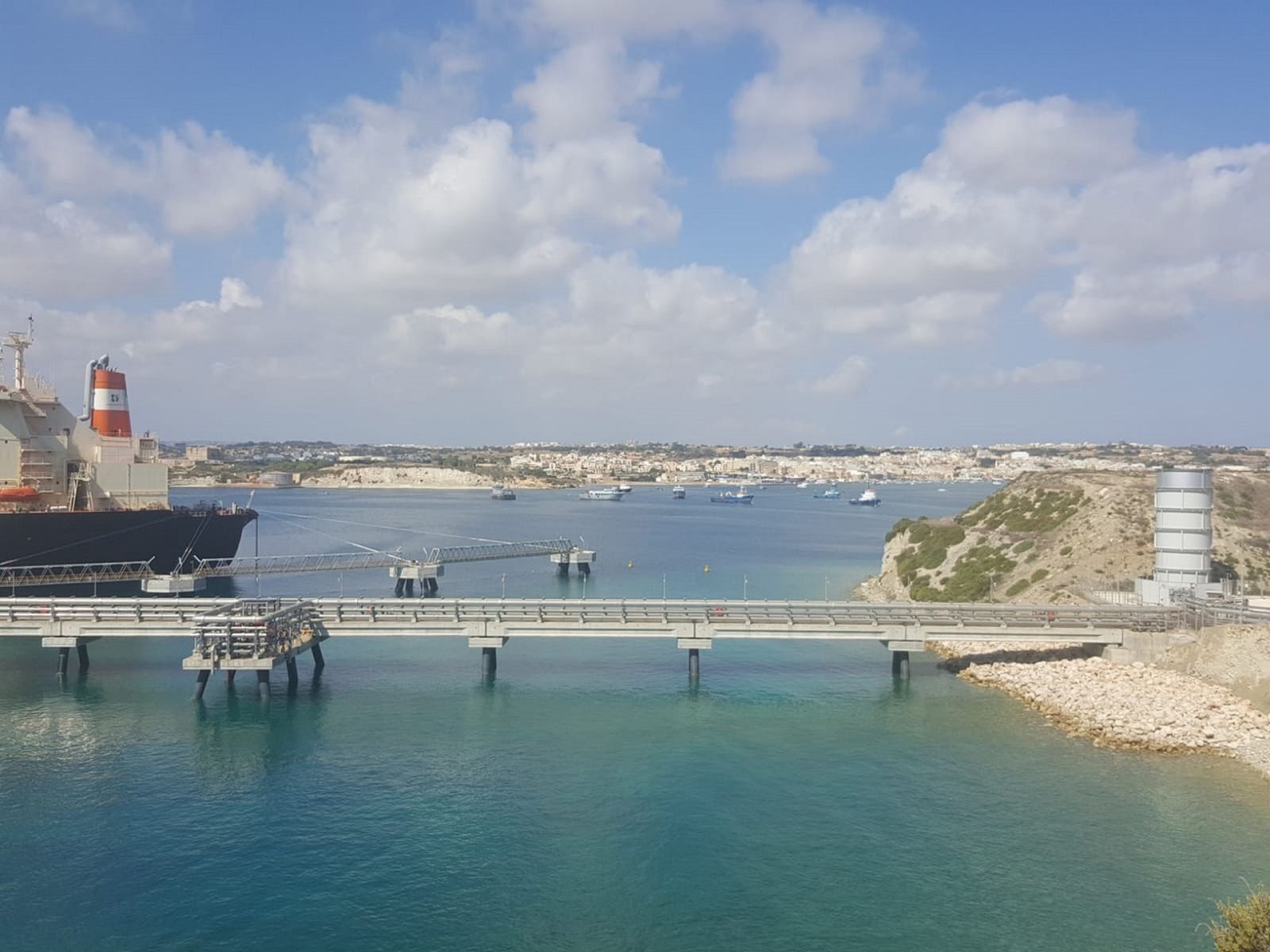 Gas Pipeline Italy-MaltaSettore: Energy Infrastructures
Gas Pipeline Italy-MaltaSettore: Energy Infrastructures -
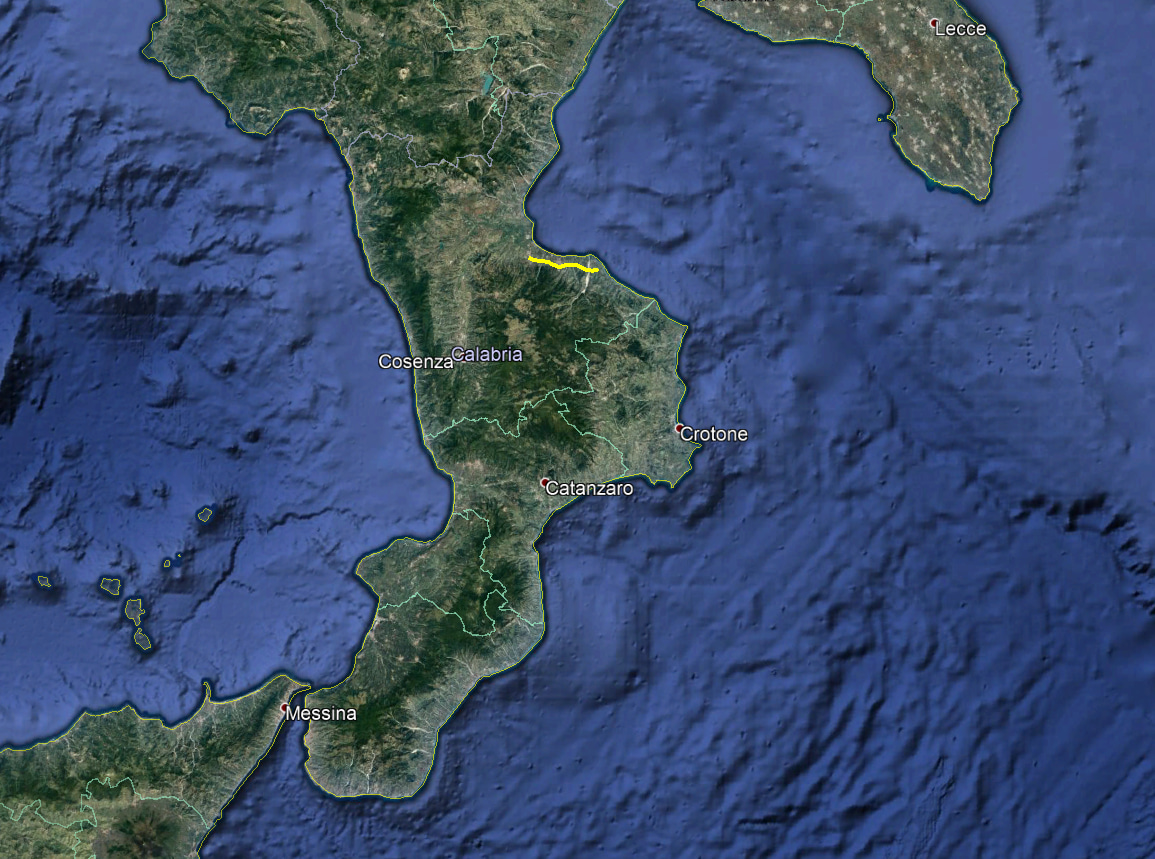 Framework Contract ANAS – State road n.106 “Ionica”Settore: Roads & Highways
Framework Contract ANAS – State road n.106 “Ionica”Settore: Roads & Highways -
 ANAS Framework Contracts – Project in Sicily and SardiniaSettore: Roads & Highways
ANAS Framework Contracts – Project in Sicily and SardiniaSettore: Roads & Highways -
 European route E 78 – Grosseto-FanoSettore: Roads & Highways
European route E 78 – Grosseto-FanoSettore: Roads & Highways -
 Area di servizio Montefeltro Est (RN)Settore: Roads & Highways
Area di servizio Montefeltro Est (RN)Settore: Roads & Highways -
 132/220 kV Transimission substation – Malo (VI)Settore: Energy Infrastructures
132/220 kV Transimission substation – Malo (VI)Settore: Energy Infrastructures -
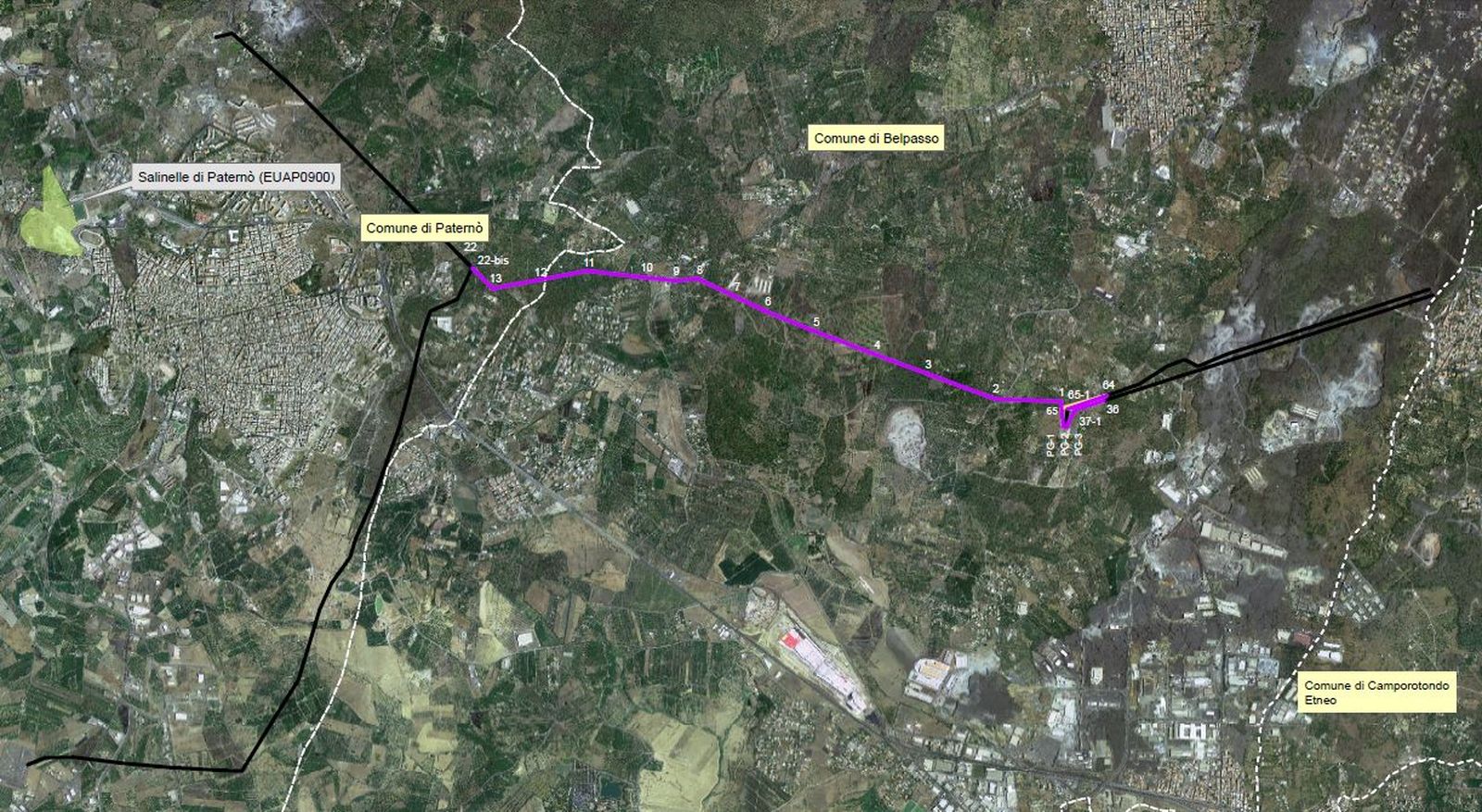 150 kV overhead power line – Paternò – Belpasso (CT)Settore: Energy Infrastructures
150 kV overhead power line – Paternò – Belpasso (CT)Settore: Energy Infrastructures -
 Linea Torino Lione – Progetto definitivo Fermata FerrieraSettore: Railways & Station
Linea Torino Lione – Progetto definitivo Fermata FerrieraSettore: Railways & Station -
 Risanamento Acustico per 5 Comuni dell’ Emilia RomagnaSettore: Railways & Station
Risanamento Acustico per 5 Comuni dell’ Emilia RomagnaSettore: Railways & Station -
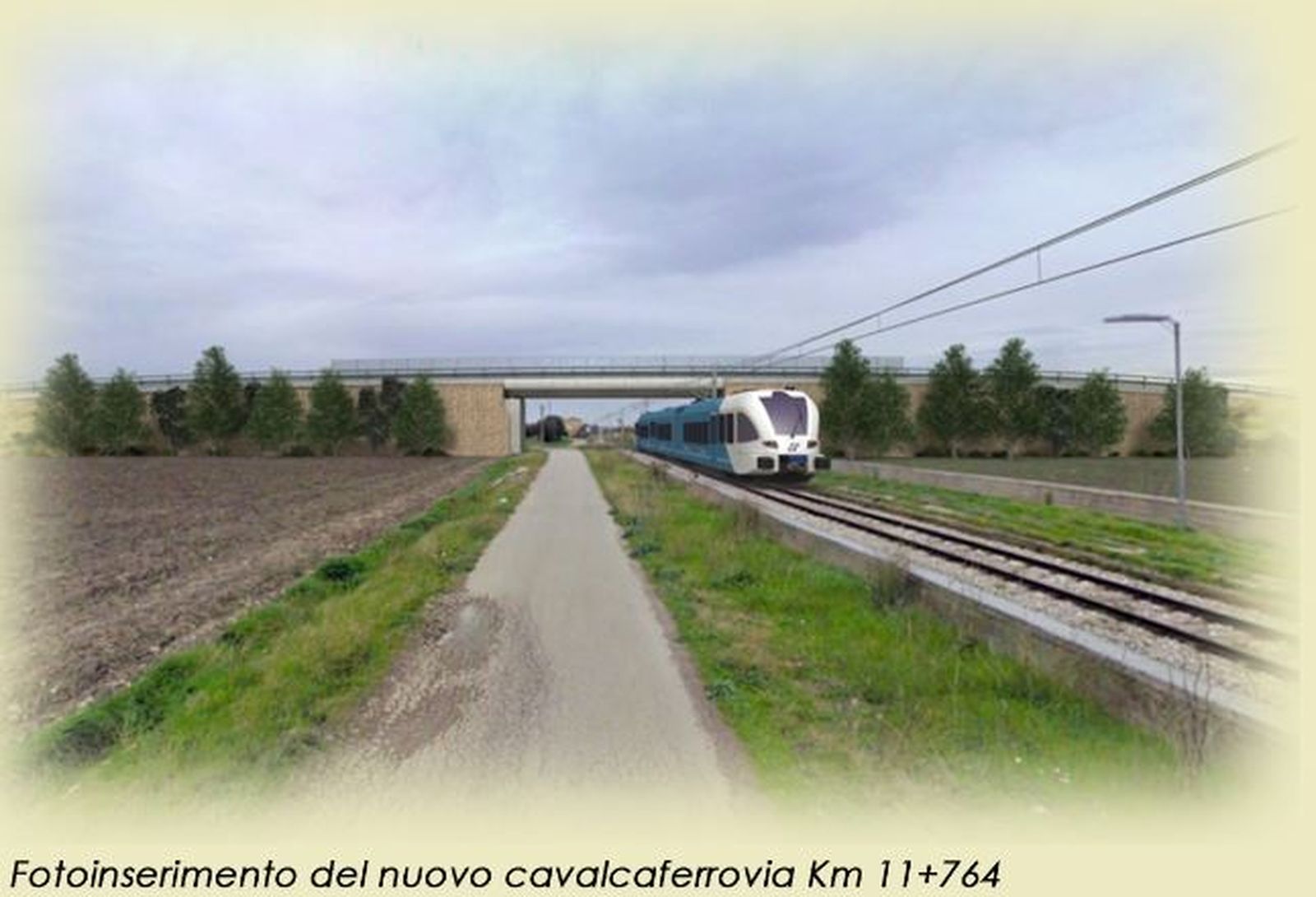 Potenza – Foggia Railway LineSettore: Railways & Station
Potenza – Foggia Railway LineSettore: Railways & Station -
 State Road 16 – Bellaria-Misano stretchSettore: Roads & Highways
State Road 16 – Bellaria-Misano stretchSettore: Roads & Highways -
 HS/HC Railway Line – Third Giovi PassSettore: Railways & Station
HS/HC Railway Line – Third Giovi PassSettore: Railways & Station -
 Venice Airport–Ronchi dei Legionari Railway LineSettore: Railways & Station
Venice Airport–Ronchi dei Legionari Railway LineSettore: Railways & Station -
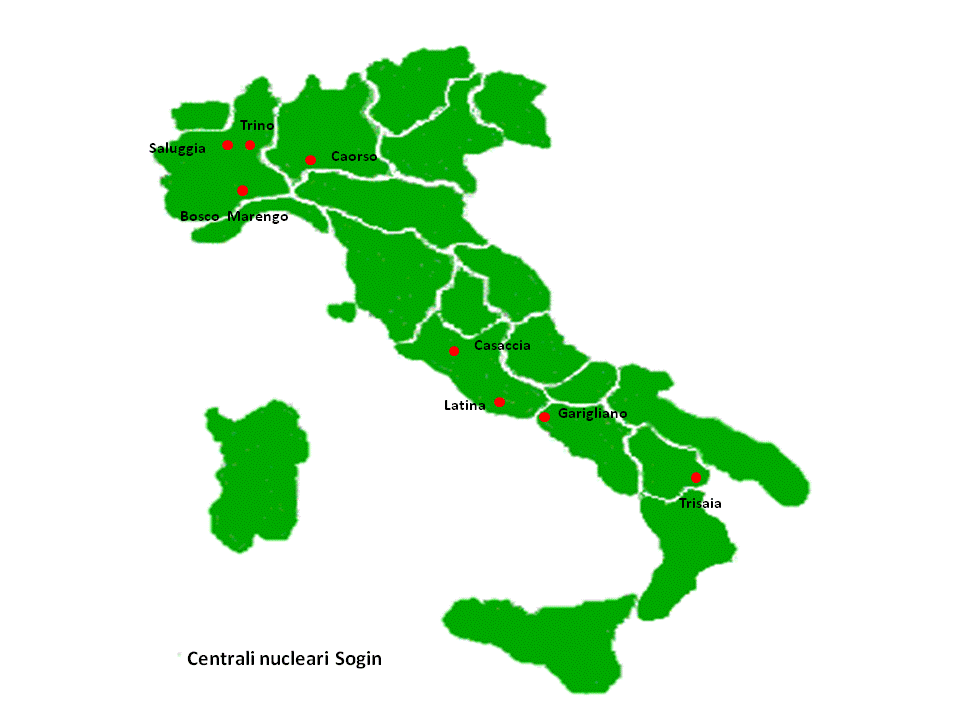 Environmental services contract – Sogin nuclear plantsSettore: Decommissioning
Environmental services contract – Sogin nuclear plantsSettore: Decommissioning -
 Rome Metro B Line – “Pratone delle Valli� junctionSettore: Urban Transport
Rome Metro B Line – “Pratone delle Valli� junctionSettore: Urban Transport -
 220 kV Austria – Italy InterconnectionSettore: Energy Infrastructures
220 kV Austria – Italy InterconnectionSettore: Energy Infrastructures -
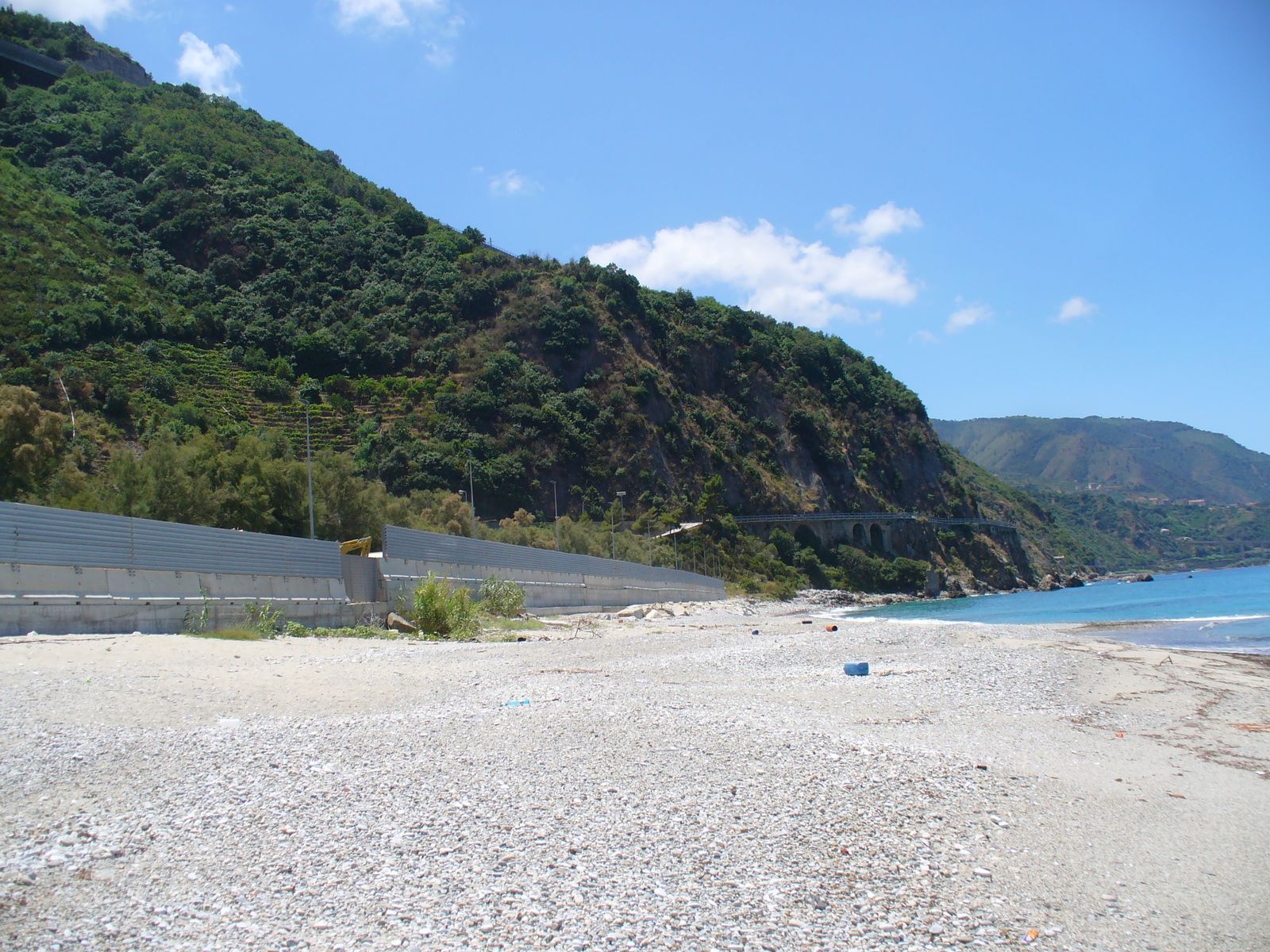 “Sorgente – Rizziconi” 380 kV Power LineSettore: Energy Infrastructures
“Sorgente – Rizziconi” 380 kV Power LineSettore: Energy Infrastructures -
 Campania Islands Interconnection with the NTGSettore: Energy Infrastructures
Campania Islands Interconnection with the NTGSettore: Energy Infrastructures -
 220 kV Italy – Malta submarine interconnector – EISSettore: Energy Infrastructures
220 kV Italy – Malta submarine interconnector – EISSettore: Energy Infrastructures -
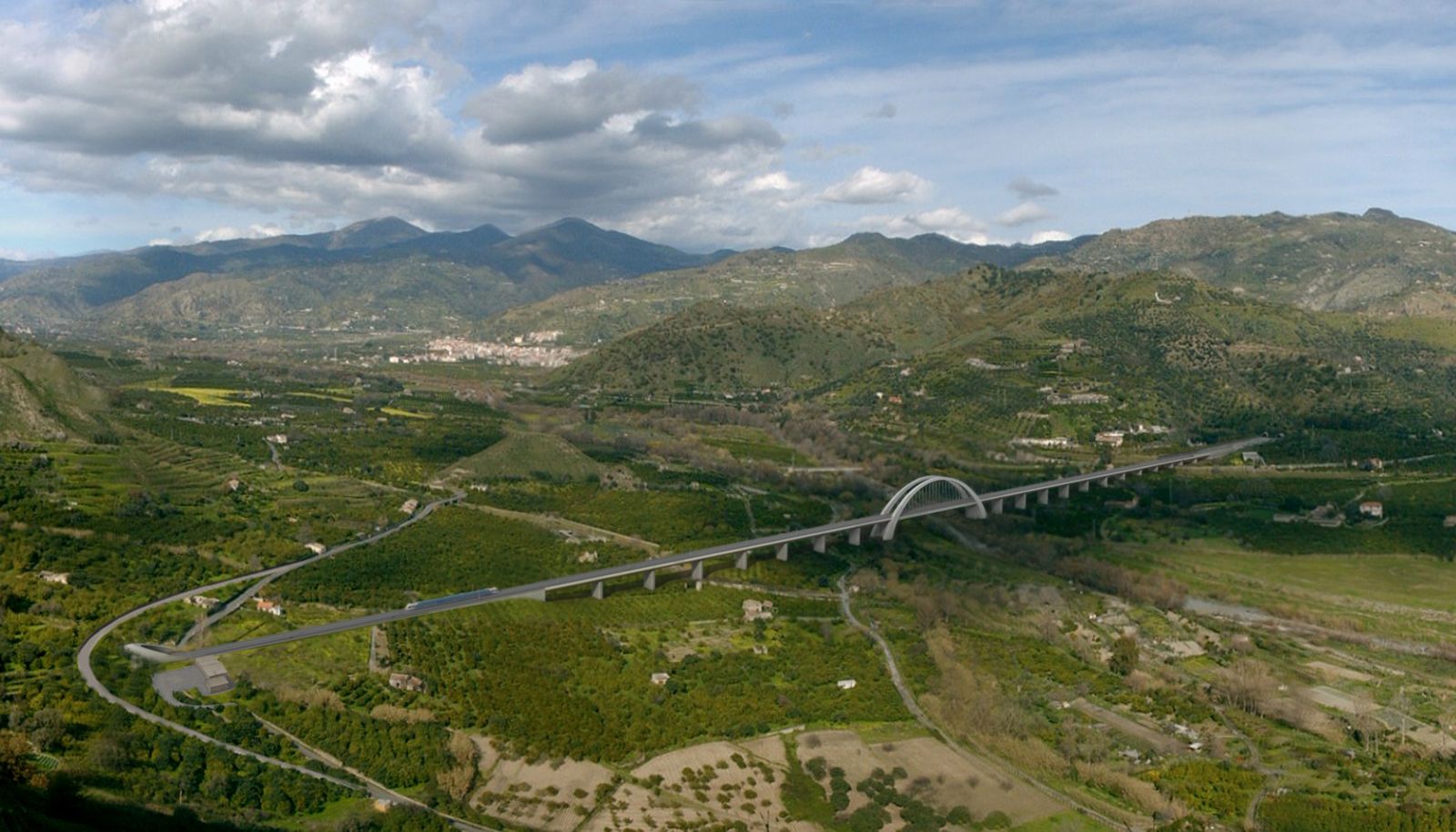 Giampilieri – Fiumefreddo RailwaySettore: Railways & Station
Giampilieri – Fiumefreddo RailwaySettore: Railways & Station -
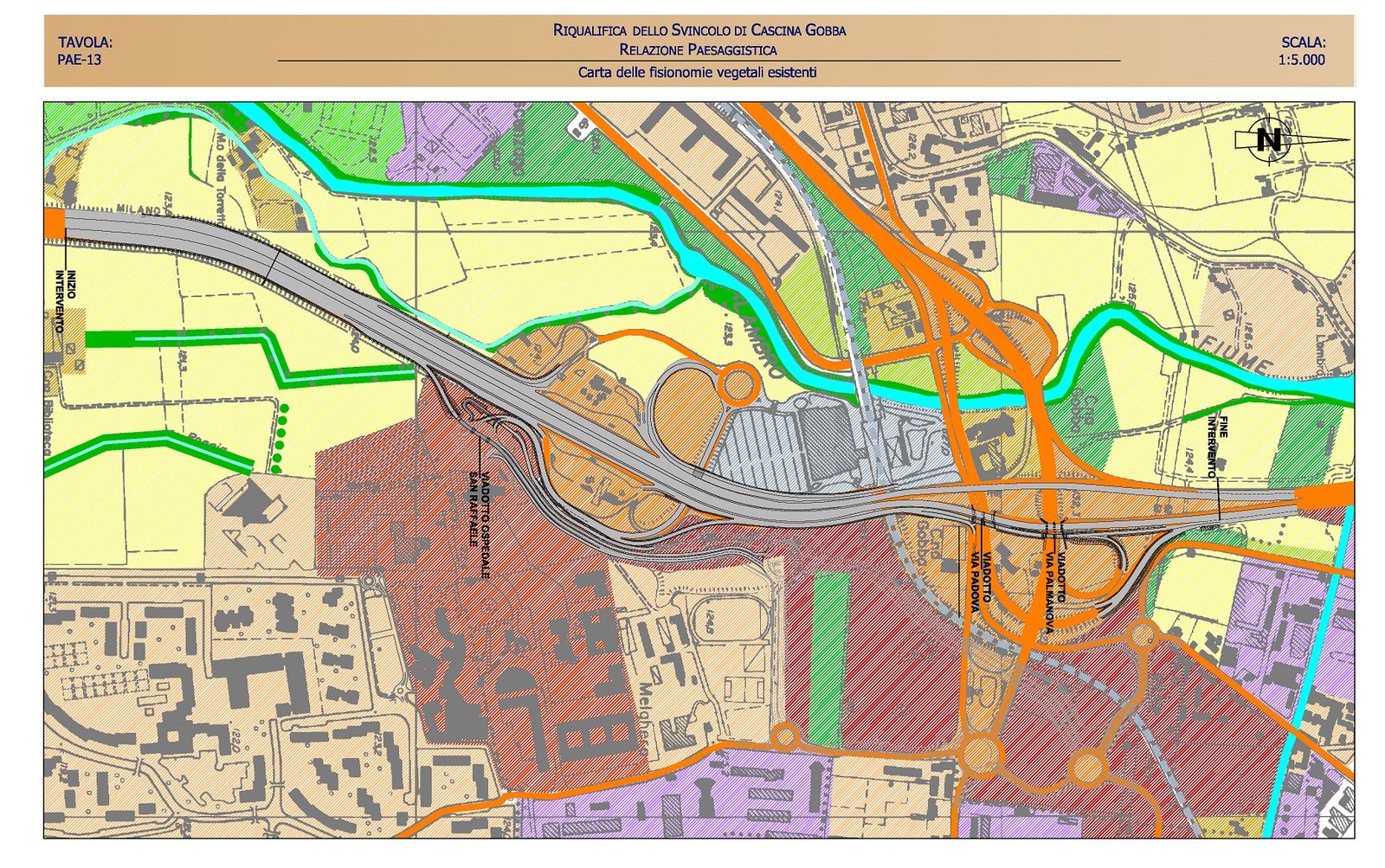 A51 Milan Eastern Ring Road – junction of Cascina GobbaSettore: Roads & Highways
A51 Milan Eastern Ring Road – junction of Cascina GobbaSettore: Roads & Highways -
 A12 Motorway – Pontina Road ConnectionSettore: Roads & Highways
A12 Motorway – Pontina Road ConnectionSettore: Roads & Highways -
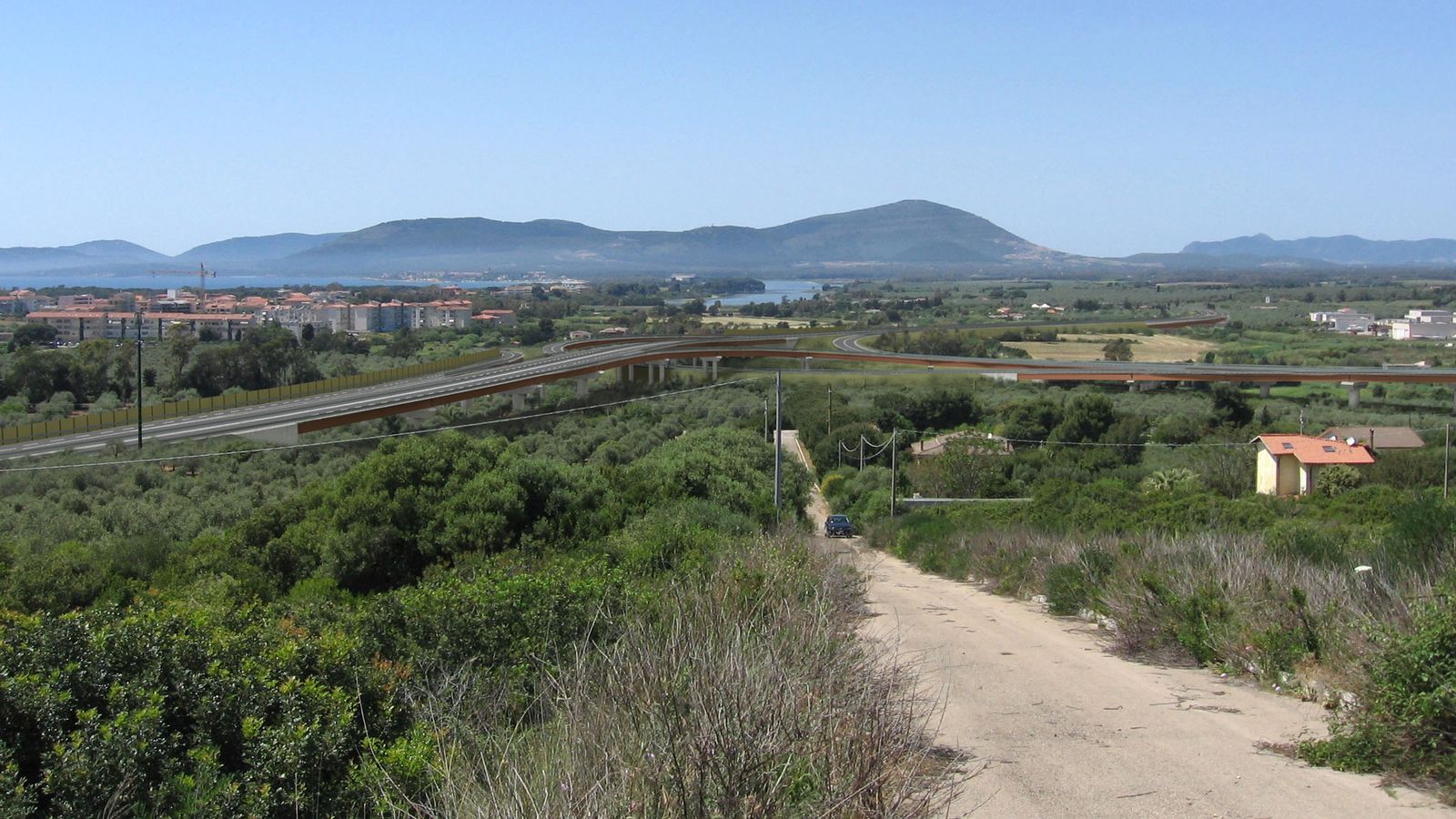 New Main Road SS291 – First Section – Alghero-OlmedoSettore: Roads & Highways
New Main Road SS291 – First Section – Alghero-OlmedoSettore: Roads & Highways -
 Alemagna Main Road (SS51)Settore: Roads & Highways
Alemagna Main Road (SS51)Settore: Roads & Highways -
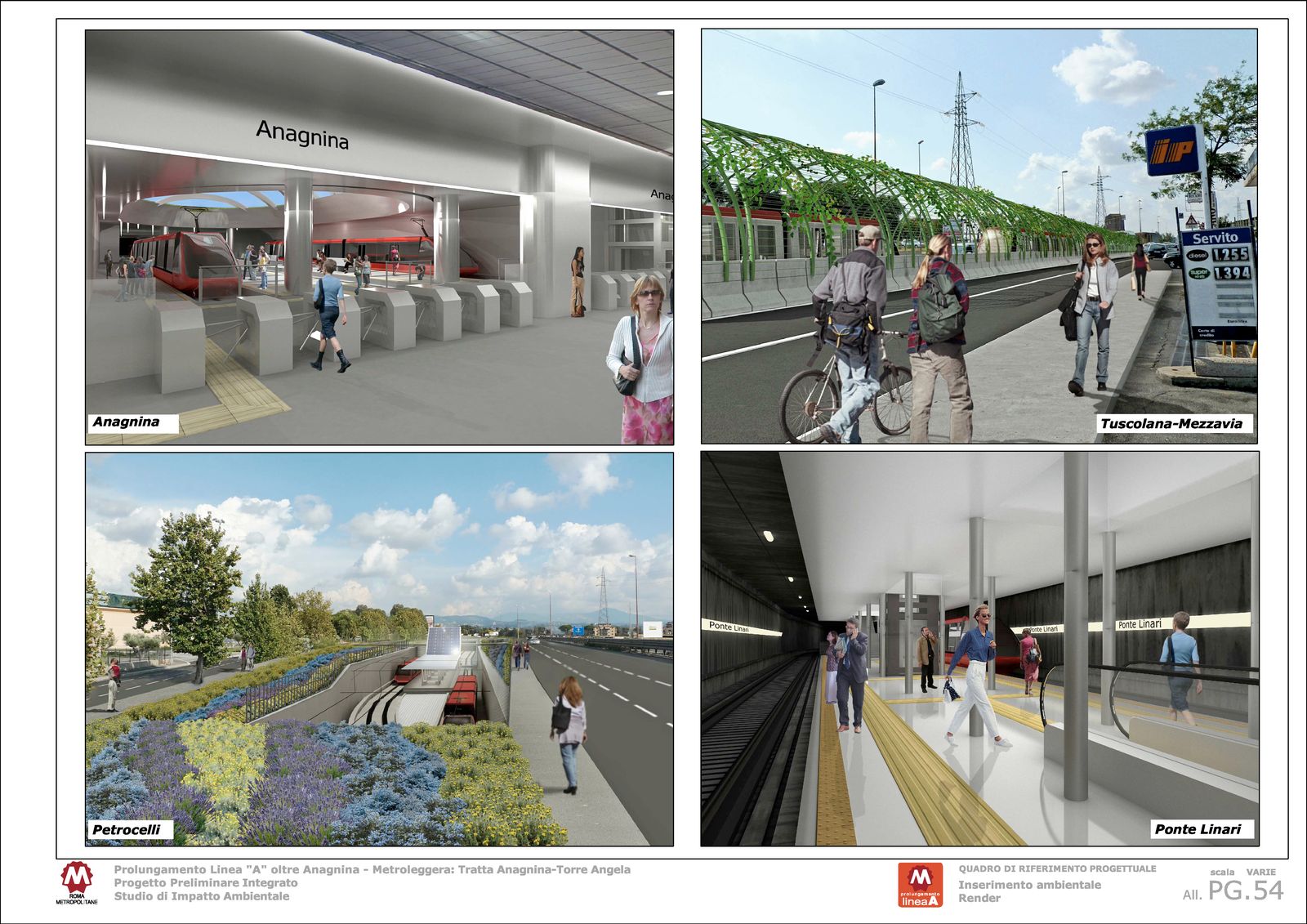 Rome Metro A line – Section Anagnina-Torre AngelaSettore: Urban Transport
Rome Metro A line – Section Anagnina-Torre AngelaSettore: Urban Transport -
 Noise Mitigation Plans in the A3 zone of NaplesSettore: Railways & Station
Noise Mitigation Plans in the A3 zone of NaplesSettore: Railways & Station -
 Noise Mitigation Plan for 3 Municipalities in Naples areaSettore: Railways & Station
Noise Mitigation Plan for 3 Municipalities in Naples areaSettore: Railways & Station -
 Port of AnconaSettore: Ports and hydraulic projects
Port of AnconaSettore: Ports and hydraulic projects -
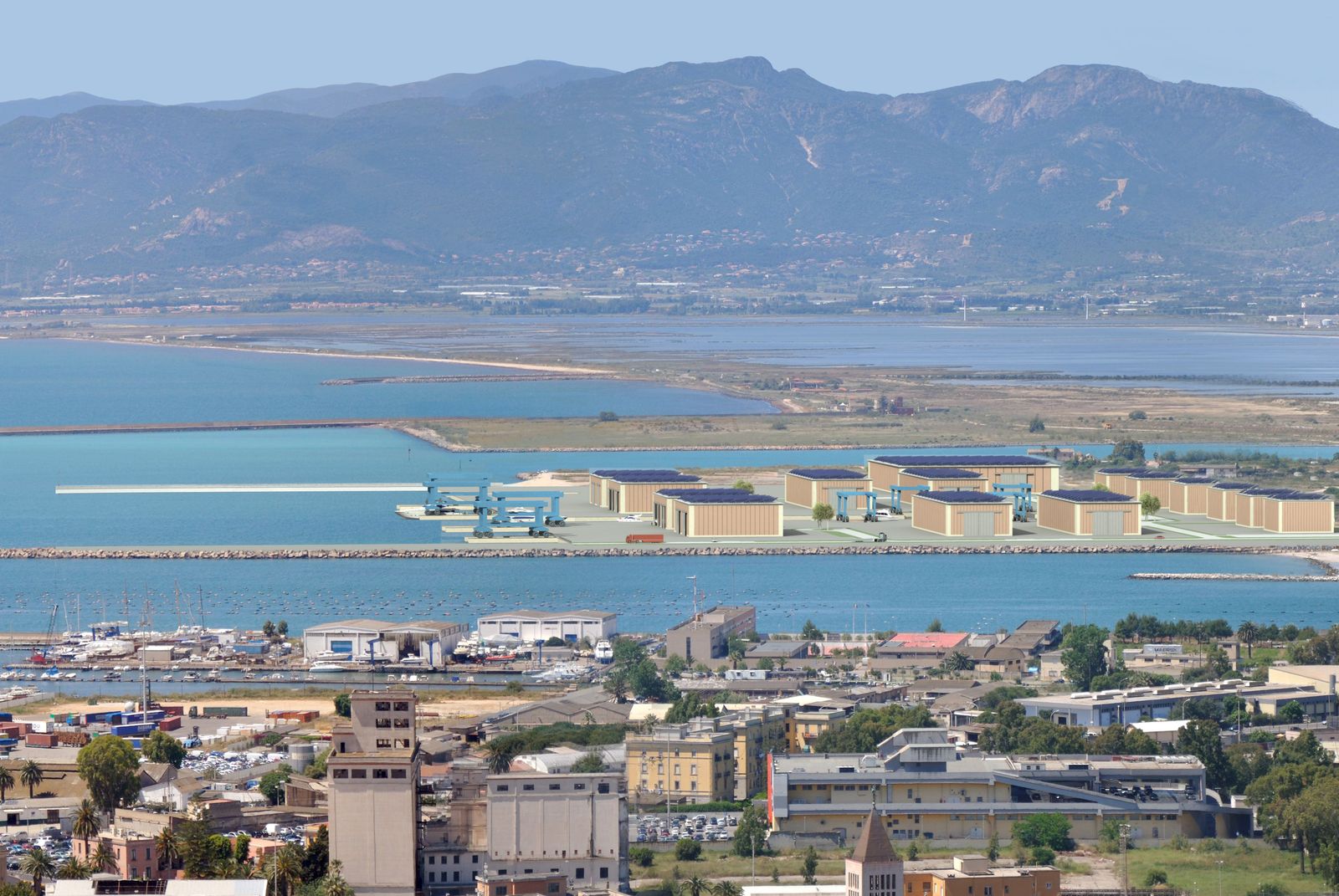 “Canale� Cagliari Port – Shipbuilding AreaSettore: Ports and hydraulic projects
“Canale� Cagliari Port – Shipbuilding AreaSettore: Ports and hydraulic projects -
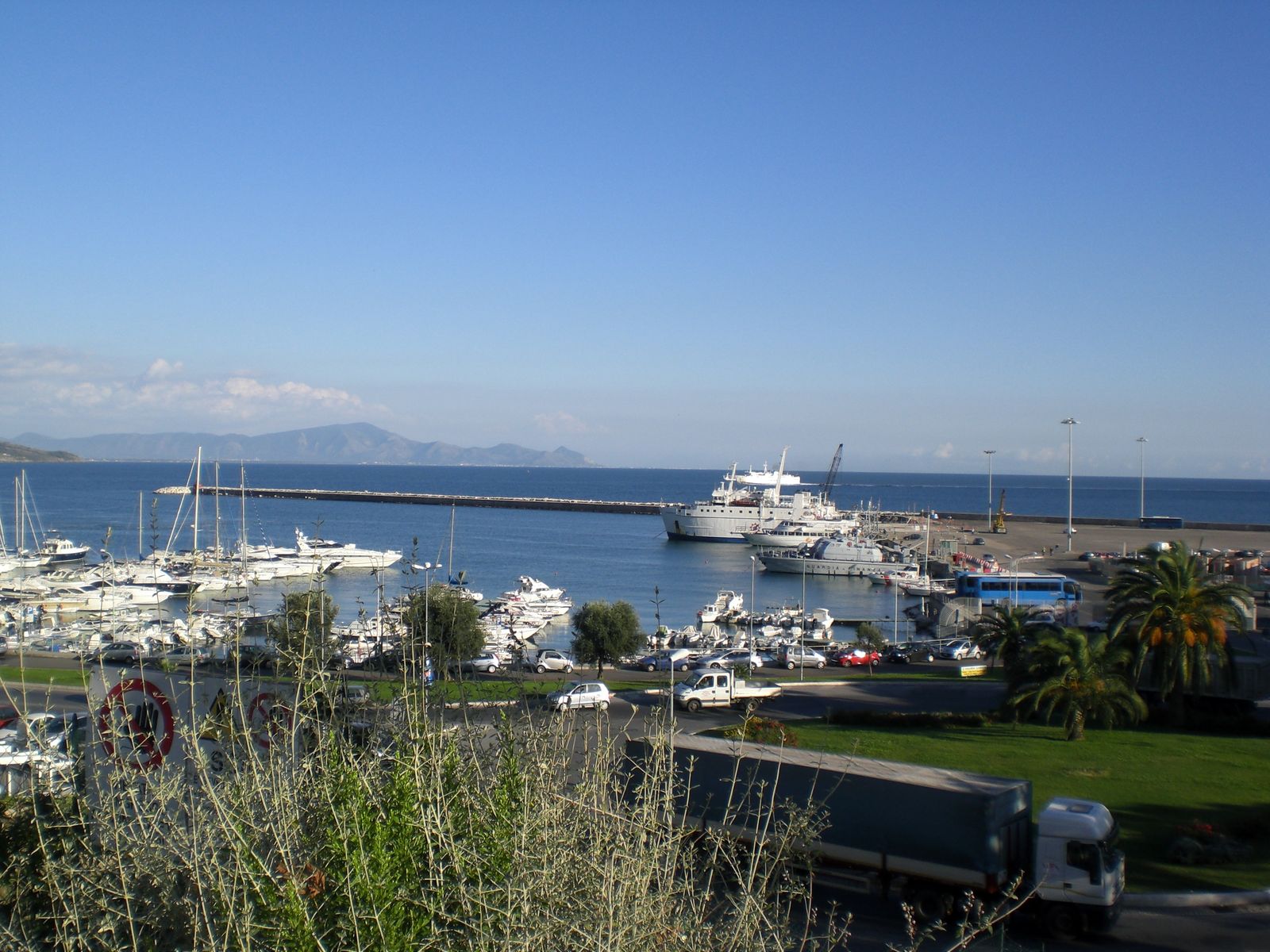 Marina of Formia (LT)Settore: Ports and hydraulic projects
Marina of Formia (LT)Settore: Ports and hydraulic projects -
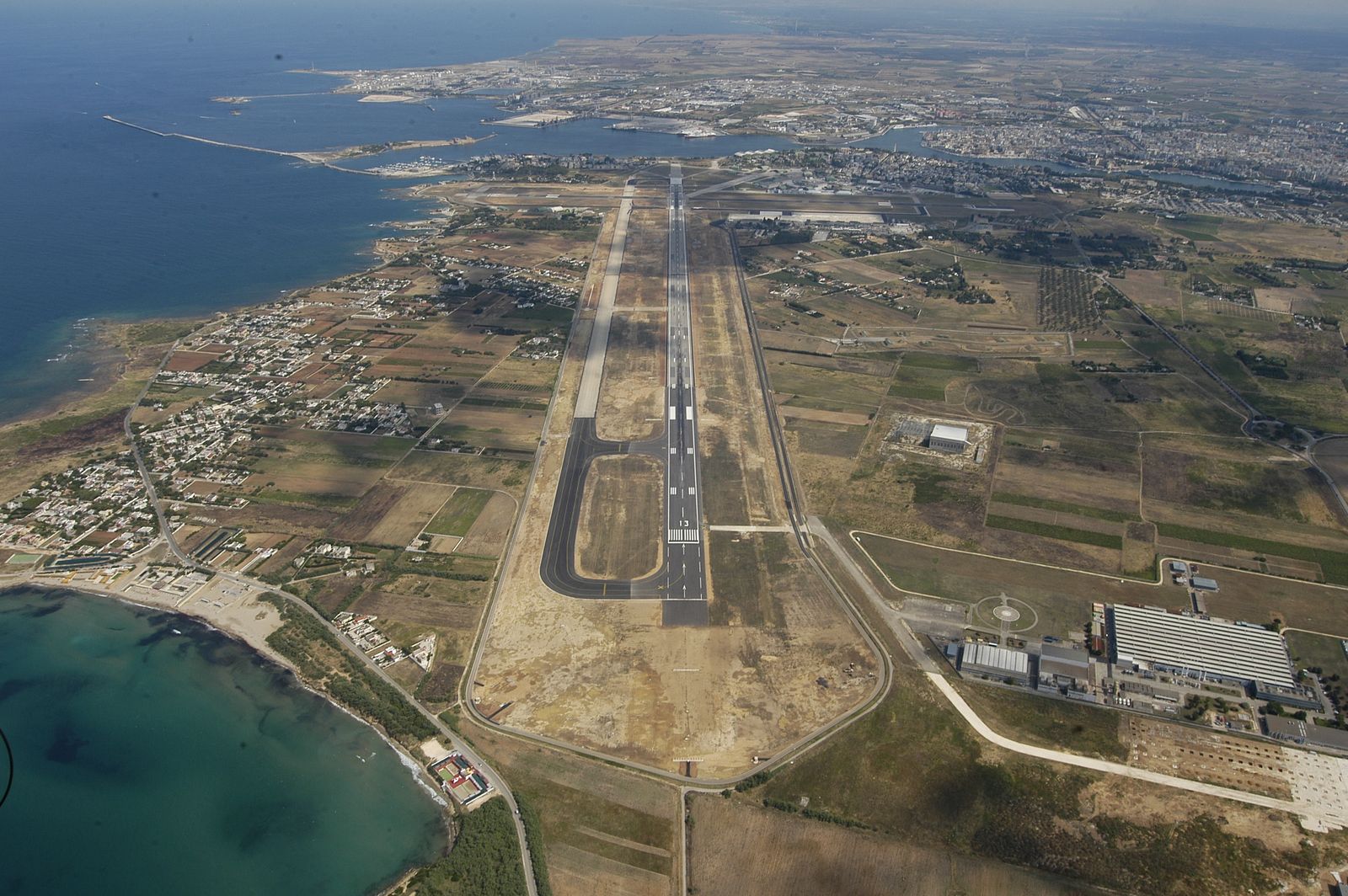 Brindisi AirportSettore: Airports
Brindisi AirportSettore: Airports -
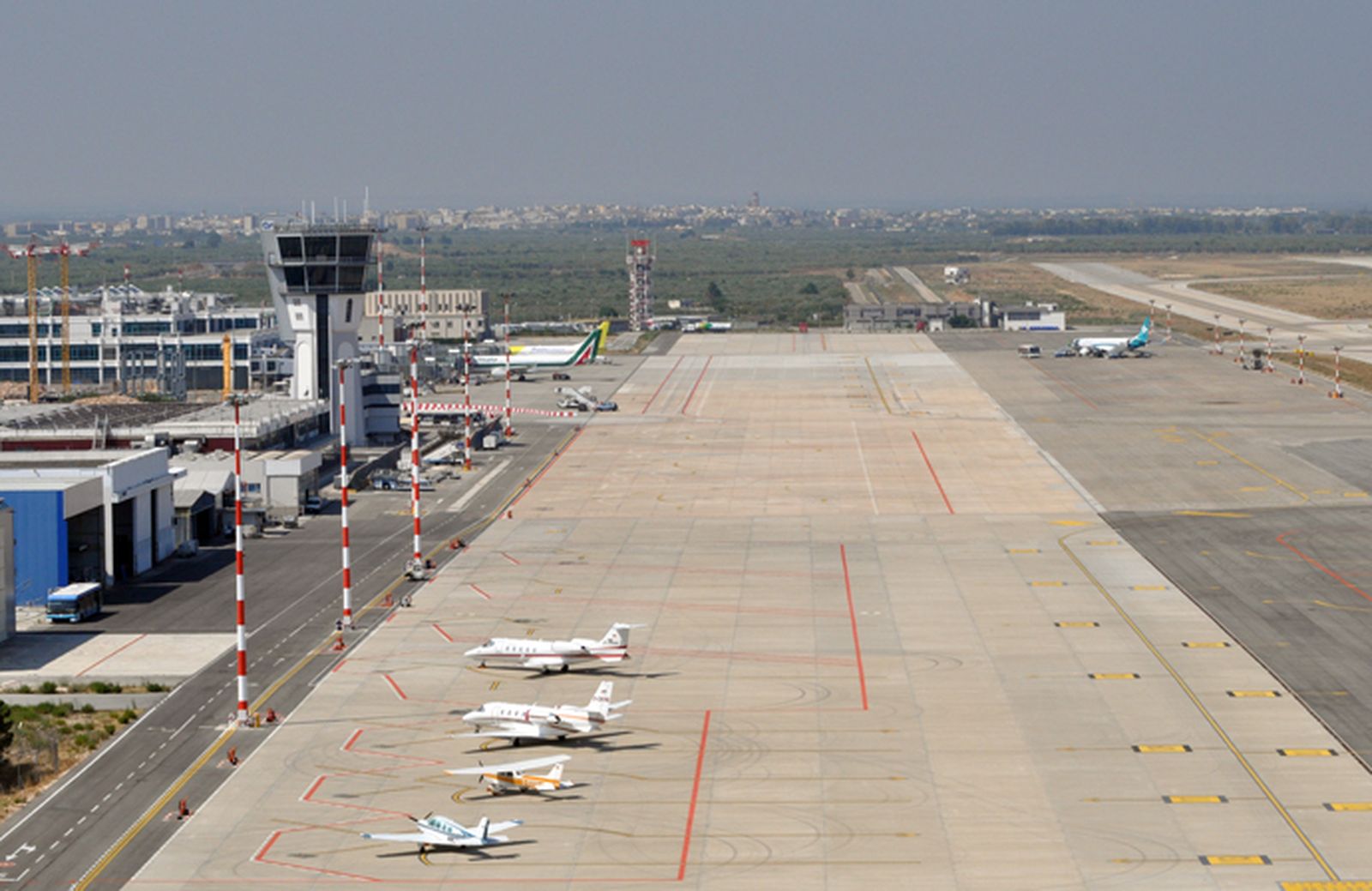 Bari AirportSettore: Airports
Bari AirportSettore: Airports